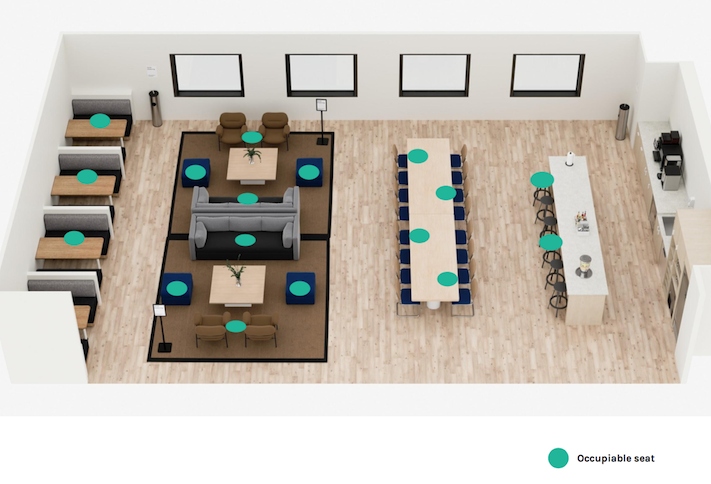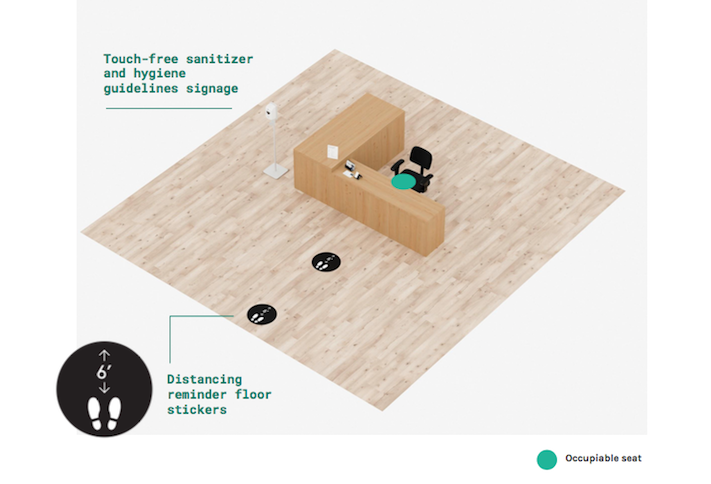The COVID-19 pandemic has put financial strain on many Americans. In the rental world, that has meant a surge in late and partial payments.
In fact, according to property management platform Avail, 30% of all landlords’ rents were still unpaid as of April 8. Another 18% had been paid late, and 3% were only paid in part.
This has serious repercussions for landlords and property owners who, just like their renters, need to pay the bills, too. Fortunately, while landlords have been barred from evicting tenants in many states due to the current health crisis, that doesn’t mean there aren’t options.
And one of the best (for both owners and renters)? That’d be enabling digital rent payments. Here’s what both parties need to know about paying rent online:
It seems many property owners are catching on, too.
Zego, a property technology platform, has seen increased interest in credit card and digital rent payments in recent weeks. In fact, registrations for digital payments are up 25%, credit card rent payments increased 30%, and there were notable drops in check and cash payments (-40% and -14%, respectively.)
It’s no surprise, either. Not only can digital payments help bridge the gap in times of financial stress, but digital payment tools also offer:
They can also make it easier to socially distance, per CDC recommendations. Rather than meeting their landlord in person to pass off a check or cash, tenants can make their rent payments wholly online, eliminating the need for any physical contact whatsoever.
If you’re considering making a credit card payment due to COVID-19 struggles (or just to ensure social distancing), make sure you keep these tips in mind:
https://www.fool.com/millionacres/real-estate-market/articles/digital-rent-payments-during-covid-19-what-renters-and-landlords-need-know/
This has serious repercussions for landlords and property owners who, just like their renters, need to pay the bills, too. Fortunately, while landlords have been barred from evicting tenants in many states due to the current health crisis, that doesn’t mean there aren’t options.
And one of the best (for both owners and renters)? That’d be enabling digital rent payments. Here’s what both parties need to know about paying rent online:
Digital payments: Landlord edition
For landlords struggling with late or partial rent payments, enabling digital and credit card processing options can help cash-strapped tenants make rent despite what’s going on around them.It seems many property owners are catching on, too.
Zego, a property technology platform, has seen increased interest in credit card and digital rent payments in recent weeks. In fact, registrations for digital payments are up 25%, credit card rent payments increased 30%, and there were notable drops in check and cash payments (-40% and -14%, respectively.)
It’s no surprise, either. Not only can digital payments help bridge the gap in times of financial stress, but digital payment tools also offer:
- Streamlined rent collection: No handling cash, no depositing checks, and no interfacing with tenants. Enjoy easy, instant payouts when you need them.
- Autopayments: Most rent payment tools also allow for recurring payments, which help ensure on-time rents not just today, but for the rest of your tenants’ leases.
- Better tenant visibility: If you have a lot of tenants, online payment tools can help you have better visibility into who’s paid, who hasn’t, and who you need to keep your eye on.
- Rent reminders and other helpful tools: Once you’re on an online payment system, you can usually set up reminders and push alerts as you get closer to the first of the month. This keeps you from being the nagging landlord banging on everyone’s door come June 1.
- Better records: Digital payment tools also have the power to create automatic rent receipts, which help with bookkeeping and compliance.
Digital rent payments: What renters need to know
On the renter side, digital rent systems can be particularly helpful during the current climate, allowing the use of credit card payments when cash or check may no longer be an option.They can also make it easier to socially distance, per CDC recommendations. Rather than meeting their landlord in person to pass off a check or cash, tenants can make their rent payments wholly online, eliminating the need for any physical contact whatsoever.
If you’re considering making a credit card payment due to COVID-19 struggles (or just to ensure social distancing), make sure you keep these tips in mind:
- Study up on the fees: There may be an extra credit card processing fee, which essentially just means paying more in rent. If times are already tough, this probably isn’t the best move. In some cases, the landlord may pay these, so make sure you know who’s footing the bill before putting in your card number.
- Consider using a reward-earning card: If you have to use a credit card, try to use a cash-back or reward-earning one if at all possible. This will help you whittle down that card balance faster or maybe even negate any processing fees you’re hit with.
- Be careful with automatic payments: One of the biggest perks of digital payment systems is the recurring payment feature. You can essentially set it and forget it and never miss a rent payment again. If you go this route, be very careful about the dates you schedule your payments for. Make sure you set dates that coincide with paydays so you don’t get dinged with overdraft fees, which tend to be a lot pricier than credit card processing fees.
The bottom line
Adopting a digital payment system may not solve all your coronavirus-related rent problems, but it could ease the burden slightly — both for you and your tenants. Just make sure to study up on your options, be clear on the fees, and keep the lines of communication open.https://www.fool.com/millionacres/real-estate-market/articles/digital-rent-payments-during-covid-19-what-renters-and-landlords-need-know/




